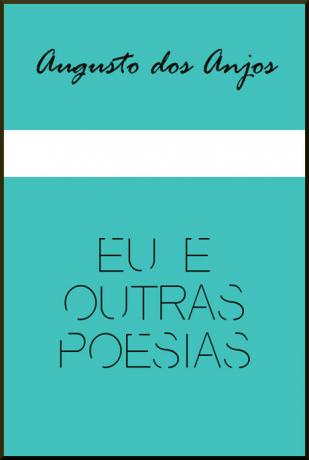O haiku, also called “Haiku” or “Haikai”, is a short poem of Japanese origin.
The word haiku is formed by two terms "haha” (joke, joke) and “kai” (harmony, achievement), that is, it represents a humorous poem.
This poetic form was created in the 16th century and ended up becoming popular around the world. Despite being concise and objective poems, haiku have a great poetic charge. The authors who write haiku are called haikuists.
Structure and Characteristics of Haiku
The traditional Japanese haiku has a specific structure, that is, a fixed form composed of three verses (tercet) formed by 17 poetic syllables, that is:
- first verse: presents 5 poetic syllables (pentasyllable)
- second verse: presents 7 poetic syllables (heptasyllable)
- third verse: presents 5 poetic syllables (pentasyllable)
Although this is its traditional structure, haiku has changed over time, with some writers not follow this syllable pattern, that is, it has a free syllable usually with two shorter verses and one more long.
Haiku are objective poems with simple language and may or may not feature a scheme of rhymes and titles. The most explored themes in haiku are related to everyday life and nature.
In addition to the change of structure, modern haiku can explore other themes such as love, social problems, feelings of the lyrical self, among others.
Remember that poetic syllable counting differs from grammatical separation.
Learn more about this by reading the article “Metrification”.
Haiku in Brazil
Haiku arrived in Brazil in the 20th century, due to French influence, and was also brought by Japanese immigrants.
The literary theorist Afrânio Peixoto was one of the first to present this poetic form in the country, when he compares it with the pieces in the essay “Brazilian Popular Trovas”, written in 1919. In the words of the author:
The Japanese have an elementary art form, even simpler than our popular trova: it's haikai, a word that we Westerners can't translate except with emphasis, it's the lyrical epigram. They are short triplets, verses of five, seven and five feet, seventeen syllables in all. In these molds, however, emotions, images, comparisons, suggestions, sighs, desires, dreams leak... of untranslatable charm.
Currently, many writers have joined the style, and the most representative names of haikuists in Brazil are:
- Afranio Peixoto (1876-1947)
- Guilherme de Almeida (1890-1969)
- Jorge Fonseca Jr. (1912-1985)
- Fanny Luiza Dupré (1911-1996)
- Paulo Leminski (1944-1989)
- Millôr Fernandes (1923-2012)
- Olga Savary (1933-)
The work of Fanny Luíza Dupré, entitled “Petals in the Wind – haiku” was the first female work of its kind, published in the country in 1949.
The haiku model produced by Guilherme de Almeida was coined the “Guilhermino model”, where the first and the third verse has rhymes and in the second verse, there is the inner rhyme between the second and seventh syllable.
Examples of Haiku
See below some examples of haiku from Brazil:
Fashion Opinion
I watched a lily:
In fact, not even Solomon
It's so well dressed…(Afranio Peixoto)
The poet
Star hunter.
she cried: her eyes came back
with so many! Come see them!(Guilherme de Almeida)
Ah! these golden flowers,
that fall from the ipe are toys
for poor little children...(Jorge Fonseca Jr)
shivering with cold
on the black asphalt of the street
the child cries.(Fanny Luiza Dupré)
live is super hard
the deepest
is always on the surface(Paul Leminski)
in everyday days
It's what happens
The years(Millôr Fernandes)
Peace
so so exact
resembling nothing
being various and vague.(Olga Savary)
Read more about: Literary Genres

